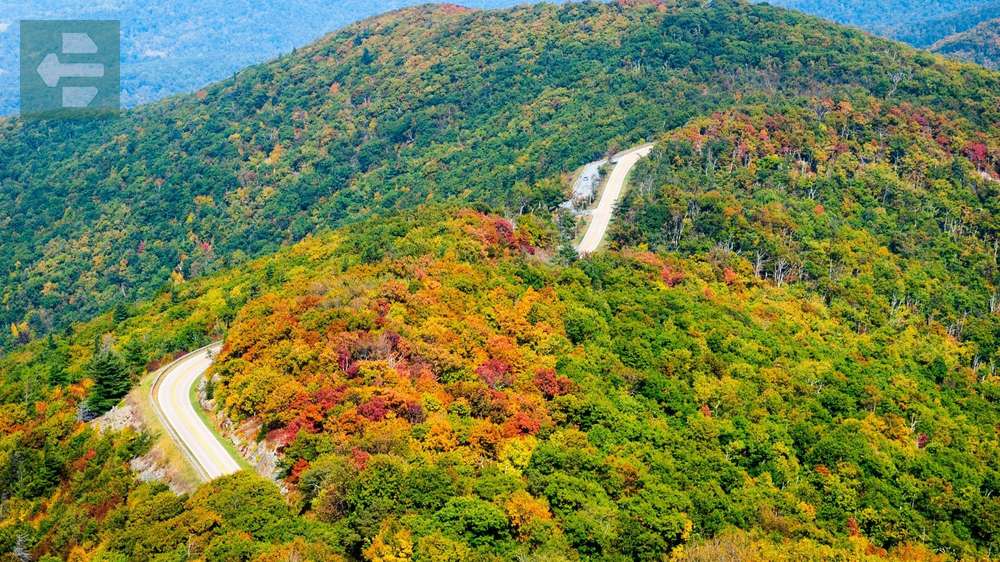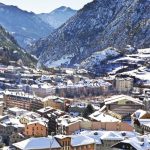October transforms America's national parks into nature's masterpiece. The best national parks to visit in October include Acadia in Maine, Great Smoky Mountains spanning North Carolina and Tennessee, Shenandoah in Virginia, and Rocky Mountain in Colorado. These destinations offer perfect weather and stunning fall colors.
Keep reading as we explore the best national parks to visit in October that will make your autumn adventure unforgettable.
List of Contents
- 1. Acadia National Park: Where Ocean Meets Autumn
- 2. Great Smoky Mountains National Park: America's Most Visited
- 3. Shenandoah National Park: Skyline Drive's Golden Hour
- 4. Rocky Mountain National Park: Alpine October
- 5. Yosemite National Park: Valley of Light
- 6. Zion National Park: Red Rock October
- 7. Glacier National Park: Last Call for Going-to-the-Sun Road
- 8. Grand Teton National Park: Jagged Peaks and Golden Aspens
- 9. Arches National Park: Desert October
- 10. Olympic National Park: Rainforest to Coastline
- October Awaits Your Adventure
1. Acadia National Park: Where Ocean Meets Autumn
Acadia in October offers something magical—the collision of New England's fall colors with the rugged Atlantic coastline. The park's 47,000 acres showcase crimson maples against granite cliffs and deep blue waters.
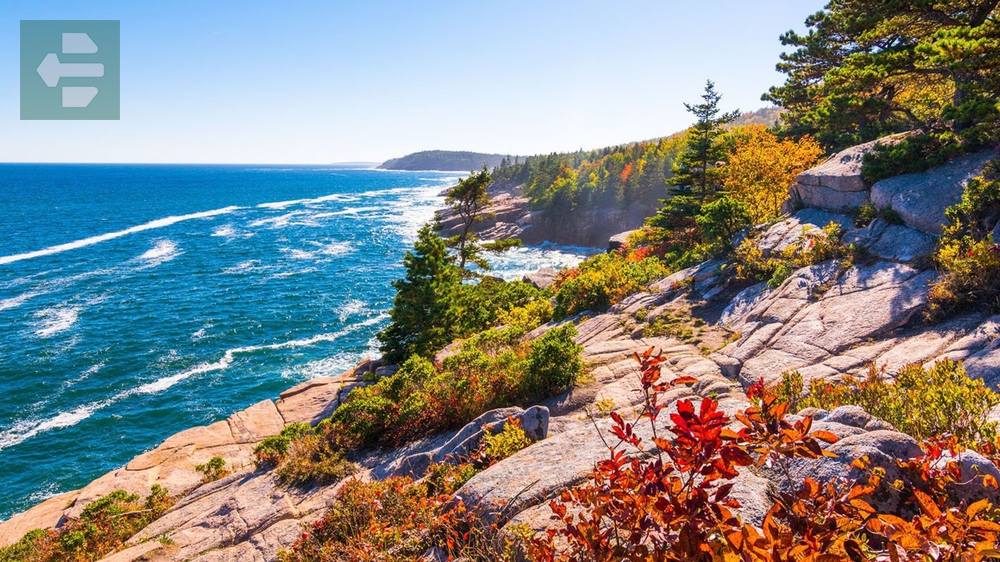
I stood on Cadillac Mountain at sunrise one October morning, watching the first light hit Bar Harbor while fog drifted between islands. That moment reminded me why Acadia ranks among America's most photographed parks.
The park's carriage roads, built by John D. Rockefeller Jr., provide 45 miles of car-free paths perfect for hiking and biking. Locals recommend visiting Jordan Pond for the clearest mountain reflections—arrive early before tour buses fill the parking lots.
Quick Facts:
- Peak season: June-October
- Access: Fly into Bangor, drive 45 minutes
- Entry fee: From $30 per vehicle
- Suggested stay: 2-3 days
- Must-see spots: Cadillac Mountain, Jordan Pond, Thunder Hole, Sand Beach
2. Great Smoky Mountains National Park: America's Most Visited
The Smokies earn their name from the natural fog that rises from ancient mountains each morning. October here means peak fall foliage across 800 square miles of protected wilderness straddling two states.
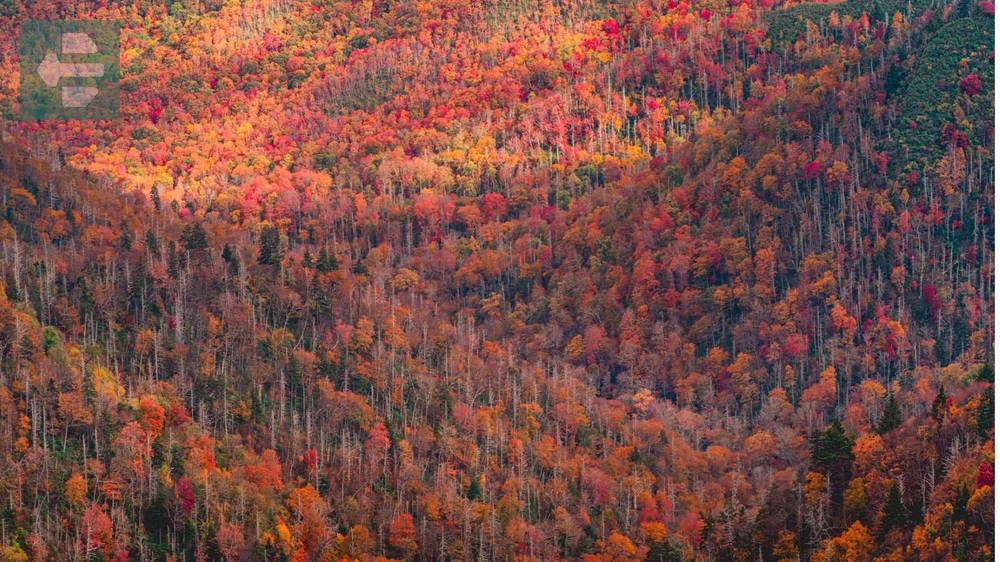
Cataract Falls becomes a thundering cascade after autumn rains, and the synchronous fireflies that made this park famous in summer give way to migrating hawks riding thermal currents above Clingmans Dome.
Skip the crowded Gatlinburg entrance. Instead, enter through the quieter Townsend gate—locals call it the “peaceful side of the Smokies.” The crowds thin dramatically, and wildlife sightings increase.
Quick Facts:
- Peak season: March-October
- Access: Multiple entrances via Tennessee and North Carolina
- Entry fee: Free
- Suggested stay: 3-4 days
- Must-see spots: Clingmans Dome, Cades Cove, Laurel Falls, Chimney Tops
3. Shenandoah National Park: Skyline Drive's Golden Hour
Shenandoah's 105-mile Skyline Drive becomes Virginia's most scenic route in October. The Blue Ridge Mountains explode in reds, oranges, and golds while morning mist clings to valleys below.
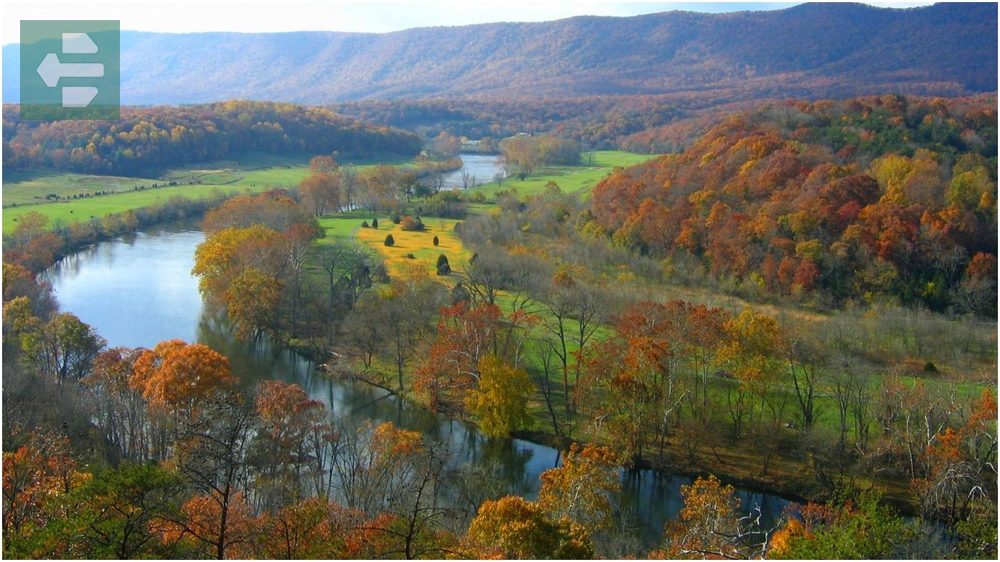
Hiking here feels different in October—cooler air carries the scent of decomposing leaves, and black bears fatten up before winter hibernation. The park's 500 miles of trails range from easy walks to challenging climbs up Old Rag Mountain.
I've learned to time my Skyline Drive journey for late afternoon when golden hour light filters through autumn canopy. Stop at Stony Man Summit overlook around 6 PM for the day's best photography.
Quick Facts:
- Peak season: April-October
- Access: Four entrance stations along Skyline Drive
- Entry fee: From $30 per vehicle
- Suggested stay: 2-3 days
- Must-see spots: Old Rag Mountain, Dark Hollow Falls, Stony Man Summit, Luray Caverns nearby
4. Rocky Mountain National Park: Alpine October
October in Rocky Mountain National Park means golden aspen groves against snow-dusted peaks. The park's 415 square miles span three distinct ecosystems, from montane forests to alpine tundra above treeline.
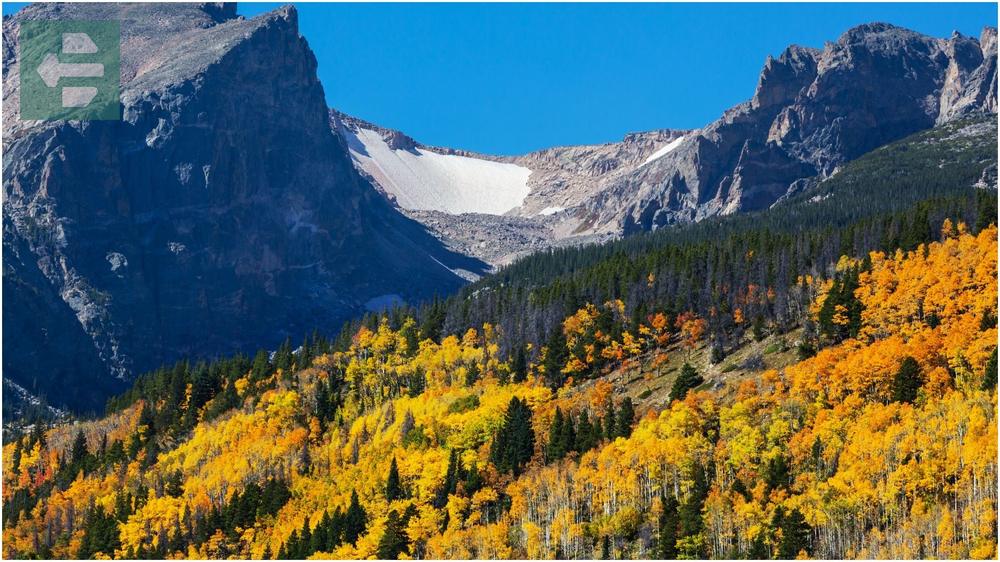
Trail Ridge Road, one of America's highest paved roads, typically closes for winter by mid-October. This creates urgency—and magic. You might drive through snowfall at 12,000 feet while golden aspens shimmer in valleys below.
Elk bugling season peaks in September but continues into early October. Dawn at Horseshoe Park offers the best chance to witness bull elk gathering their harems while mountains reflect morning alpenglow.
Quick Facts:
- Peak season: June-October
- Access: Estes Park or Grand Lake entrances
- Entry fee: From $30 per vehicle
- Suggested stay: 3-4 days
- Must-see spots: Trail Ridge Road, Bear Lake, Alberta Falls, Sprague Lake
5. Yosemite National Park: Valley of Light
Ansel Adams called Yosemite the “range of light,” and October proves why. Harsh summer crowds dissipate, revealing the park's true character—granite monoliths, thundering waterfalls, and ancient sequoia groves.
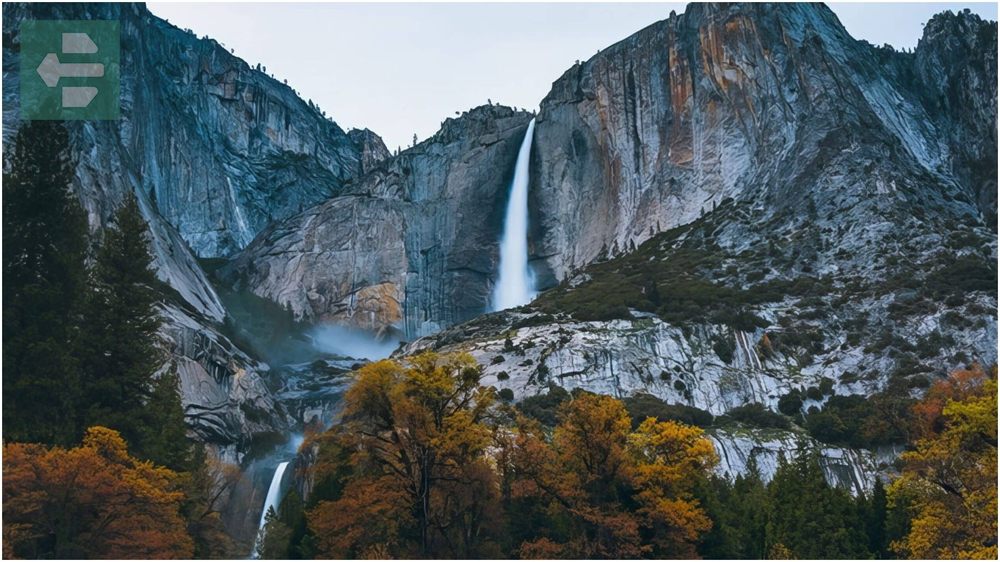
October brings crisp mornings perfect for photographing Half Dome's reflection in the Merced River. Valley Loop Trail empties of summer tourists, offering intimate encounters with deer and the occasional black bear preparing for winter.
Locals know to visit Tunnel View just before sunset when El Capitan catches the day's last light. The 20-minute walk from the parking area filters out casual tourists, leaving serious photographers and nature lovers.
Quick Facts:
- Peak season: April-October
- Access: Multiple entrances, Tioga Pass closes in winter
- Entry fee: From $35 per vehicle
- Suggested stay: 4-5 days
- Must-see spots: Yosemite Valley, Half Dome, El Capitan, Mariposa Grove, Tunnel View
6. Zion National Park: Red Rock October
Zion's red sandstone canyons glow like fire in October's softer light. The Virgin River runs clearer after summer's thunderstorms subside, making slot canyon hikes safer and more enjoyable.

Angels Landing remains Zion's most famous hike, but October crowds still require timed permits. Instead, try Observation Point—equally spectacular views with fewer people clutching chains on exposed ridges.
I discovered Zion's secret by talking to a park ranger: visit Kolob Canyons section in the northwest. Most tourists never venture here, missing some of Utah's most stunning red rock formations accessible via easy trails.
Quick Facts:
- Peak season: March-November
- Access: Springdale entrance, shuttle required in main canyon
- Entry fee: From $35 per vehicle
- Suggested stay: 3-4 days
- Must-see spots: Angels Landing, The Narrows, Emerald Pools, Canyon Junction Bridge
7. Glacier National Park: Last Call for Going-to-the-Sun Road
October marks Glacier's transition from autumn glory to winter closure. Going-to-the-Sun Road typically closes sections by mid-month, making timing crucial for this 1,583-square-mile wilderness experience.
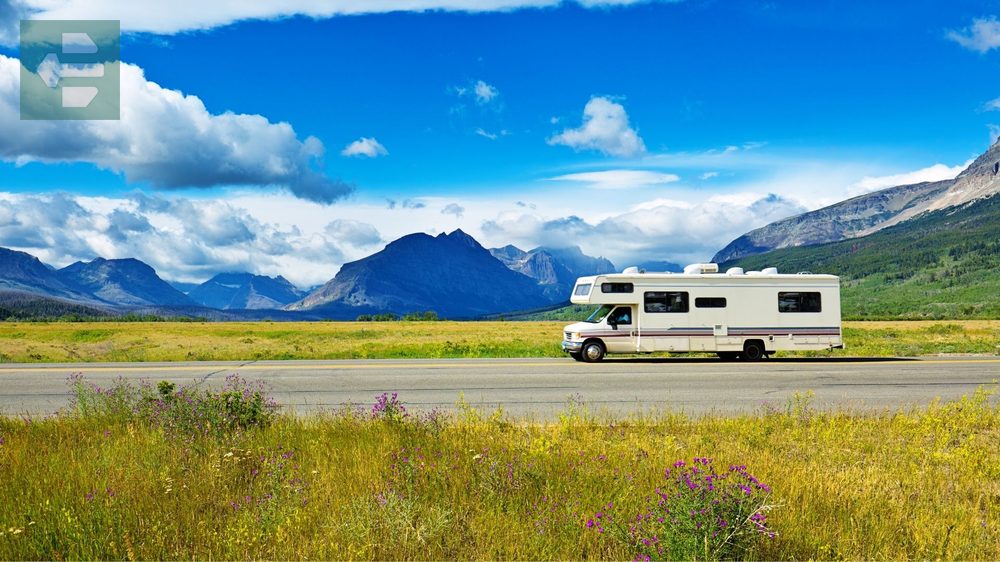
The park's 700 miles of trails offer solitude impossible during peak summer. Larch trees—the only coniferous trees that shed needles—turn brilliant gold against glacier-carved peaks and pristine lakes.
Mountain goats descend to lower elevations in October, increasing wildlife viewing opportunities along Lake McDonald and at Logan Pass. Bring layers—morning temperatures can drop below freezing while afternoons warm into the 60s.
Quick Facts:
- Peak season: June-September
- Access: West and East entrances via Going-to-the-Sun Road
- Entry fee: From $35 per vehicle
- Suggested stay: 4-5 days
- Must-see spots: Going-to-the-Sun Road, Logan Pass, Lake McDonald, Hidden Lake Overlook
8. Grand Teton National Park: Jagged Peaks and Golden Aspens
The Tetons rise abruptly from Jackson Hole valley without foothills—creating one of America's most dramatic mountain profiles. October transforms aspen groves into golden curtains against jagged granite spires.
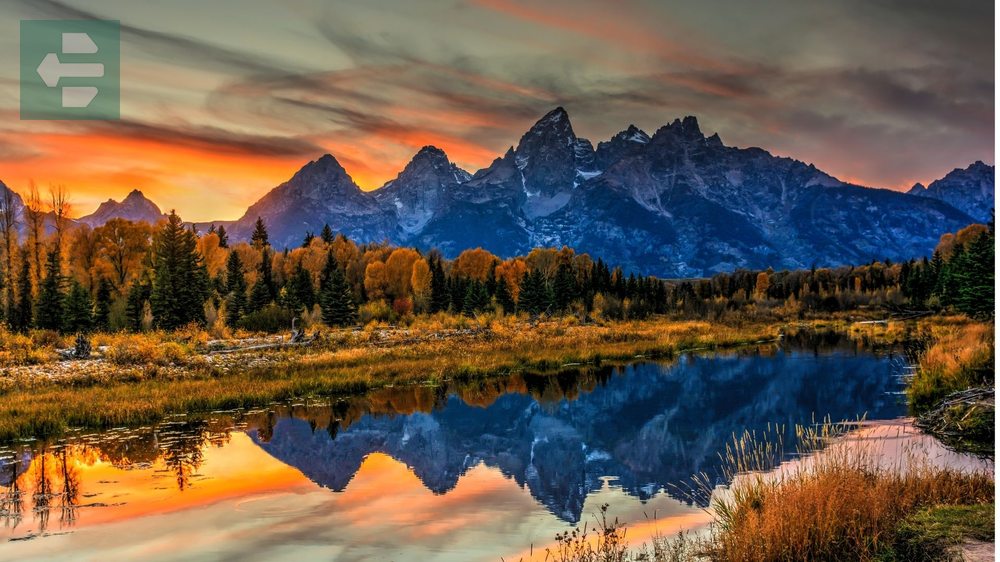
Jenny Lake reflects the mountain range like a mirror on calm October mornings. Take the boat shuttle across to save two miles of hiking, then climb to Hidden Falls and Inspiration Point for classic Teton views.
Moose frequent the Snake River area during October rutting season. Oxbow Bend offers the park's best wildlife photography opportunities, especially at dawn when mist rises from the river and mountains catch first light.
Quick Facts:
- Peak season: June-September
- Access: Multiple entrances from Jackson, Wyoming
- Entry fee: From $35 per vehicle
- Suggested stay: 3-4 days
- Must-see spots: Jenny Lake, Snake River Overlook, Oxbow Bend, Taggart Lake Trail
9. Arches National Park: Desert October
Arches National Park's 2,000+ natural stone arches create an alien landscape best experienced in October's moderate temperatures. Summer's triple-digit heat gives way to perfect hiking conditions and stunning photography light.
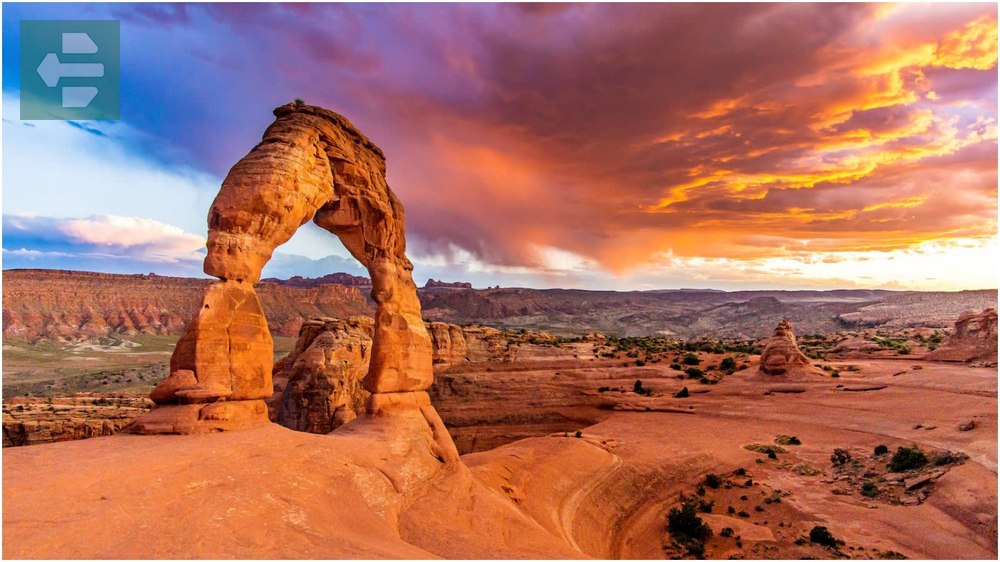
Delicate Arch, Utah's most famous landmark, requires a 3-mile roundtrip hike across slickrock. October's cooler temperatures make this journey comfortable, and late afternoon light turns the arch brilliant orange.
Rangers recommend visiting Fiery Furnace with a guided tour. This maze of narrow canyons and towering fins challenges navigation skills while revealing hidden arches invisible from park roads.
Quick Facts:
- Peak season: April-May, September-October
- Access: Main entrance 5 miles north of Moab
- Entry fee: From $30 per vehicle
- Suggested stay: 2-3 days
- Must-see spots: Delicate Arch, Landscape Arch, Fiery Furnace, Windows Section
10. Olympic National Park: Rainforest to Coastline
Olympic's three distinct ecosystems—temperate rainforest, rugged coastline, and alpine peaks—create Washington's most diverse national park. October brings the region's first significant rainfall, transforming the Hoh Rainforest into a cathedral of green.

Ruby Beach showcases the Pacific Northwest's dramatic coastline with sea stacks rising from surf and driftwood scattered across dark sand. Tide pools reveal colorful marine life during October's extreme low tides.
Hurricane Ridge offers mountain views when weather cooperates, but October marks the beginning of the park's notoriously wet season. Locals check weather forecasts religiously and always carry rain gear.
Quick Facts:
- Peak season: July-September
- Access: Multiple entrances, Hurricane Ridge Road may close in winter
- Entry fee: From $30 per vehicle
- Suggested stay: 4-5 days
- Must-see spots: Hoh Rainforest, Ruby Beach, Hurricane Ridge, Sol Duc Hot Springs
October Awaits Your Adventure
October transforms these national parks into nature's grandest theater. Crowds thin, temperatures moderate, and autumn colors create memories lasting lifetimes.
Pack your camera and hiking boots. Choose one park or plan a road trip connecting several. The best national parks to visit in October offer experiences impossible any other time of year.
Your October adventure starts with a single step onto a trail leading toward mountains painted in autumn gold.
